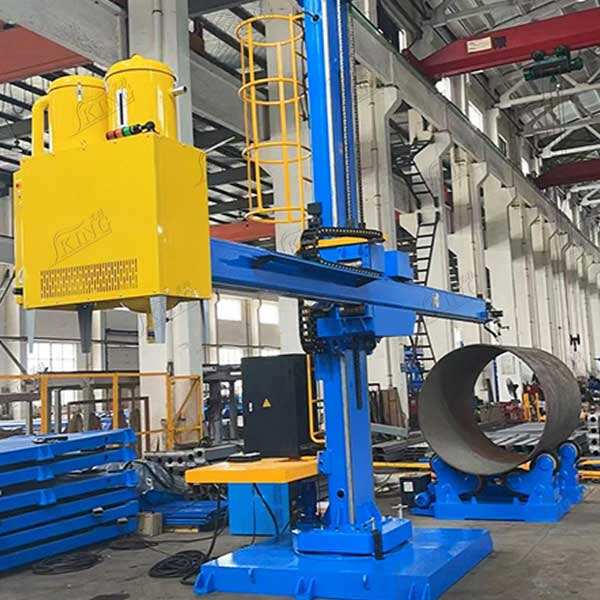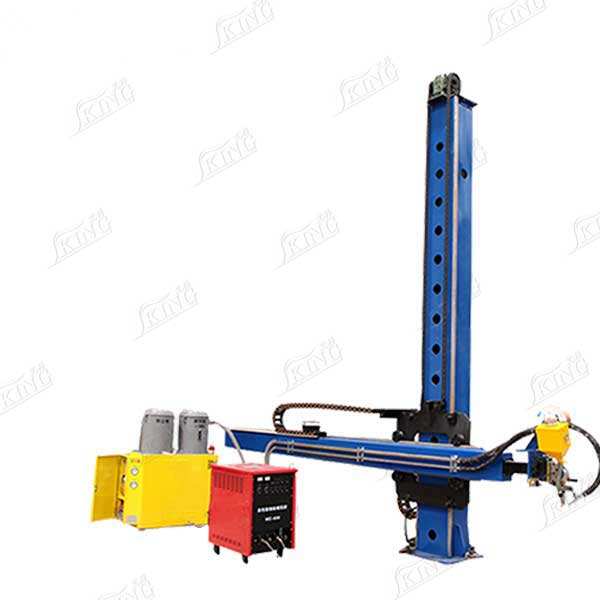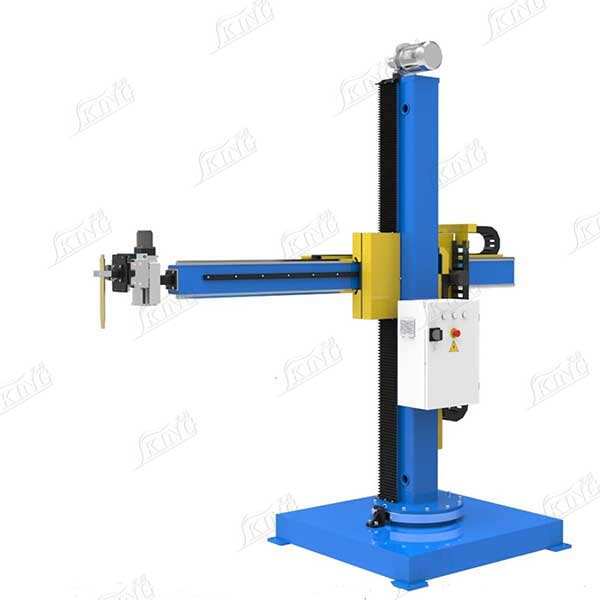soudage de colonnes pour structures en acier
Le soudage de colonnes pour structures métalliques représente un processus critique dans la construction moderne, alliant ingénierie de précision et techniques avancées de soudage afin de créer des supports structurels robustes. Cette méthode de fabrication essentielle consiste à assembler des colonnes en acier par divers procédés de soudage, notamment le soudage à l'arc avec électrode enrobée, le soudage à l'arc avec fil fourré et le soudage à l'arc submergé. Le processus exige une préparation minutieuse des surfaces d'assemblage, un alignement précis des composants et une stricte conformité aux paramètres de soudage afin de garantir l'intégrité structurelle. Le soudage de colonnes joue un rôle fondamental dans la création de charpentes stables et durables, notamment dans la construction de bâtiments hauts, les installations industrielles et les projets d'infrastructure. La technologie intègre des mesures avancées de contrôle qualité, telles que les essais ultrasonores et l'inspection radiographique, pour vérifier l'intégrité des soudures. Les techniques modernes de soudage de colonnes utilisent également des systèmes de soudage automatisés et des équipements de positionnement commandés par ordinateur afin d'obtenir des résultats constants et de haute qualité. Le processus doit respecter des codes du bâtiment stricts ainsi que des normes internationales de soudage, garantissant ainsi que la structure finale réponde aux exigences de sécurité et de performance. En outre, le soudage de colonnes prend en compte la gestion des contraintes thermiques, le contrôle des distorsions et la séquence appropriée des passes de soudure afin de maintenir l'alignement structural.


